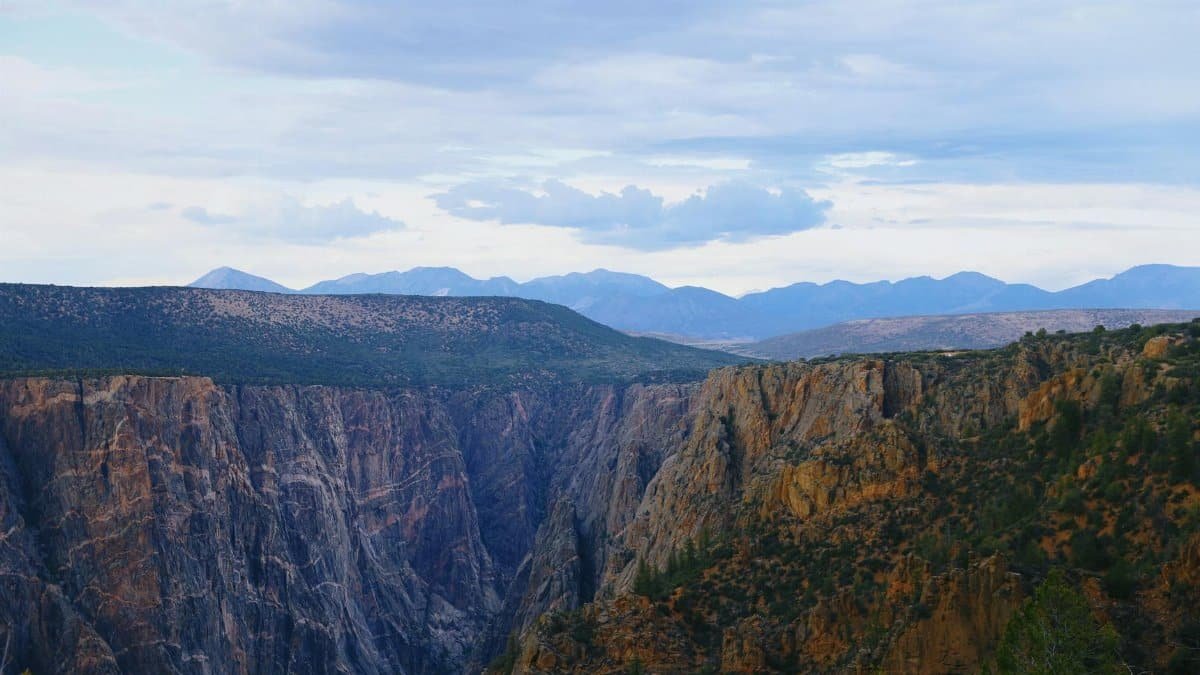Colorado is setting the stage for a groundbreaking shift in mental health treatment. The Colorado psychedelic therapy model, slated to launch in 2025, is already drawing national attention as a potential blueprint for other states and even federal policy. With a structured, supervised approach to psychedelic use, the program prioritizes therapeutic benefits over recreational access. As the state gears up to open its first healing centers by mid-2025, experts and policymakers alike are watching closely to see if Colorado can pave the way for a new era in mental health care.
A Pioneering Program Takes Shape

In 2025, Colorado will roll out a first-of-its-kind psychedelic therapy program, designed to offer adults over 21 access to supervised treatment. Unlike retail models that prioritize sales, this initiative focuses squarely on therapeutic use, ensuring that participants receive professional guidance throughout the process. The state has crafted a comprehensive framework that could serve as a template for others, addressing both safety and efficacy in a field often clouded by stigma and misinformation.
The Four-Step Treatment Process

At the heart of the Colorado psychedelic therapy model is a structured four-step process. It begins with patient screening to determine eligibility and ensure the therapy is appropriate for each individual. Next, participants are matched with trained facilitators who guide them through the experience. The therapy sessions themselves are conducted in a controlled environment, followed by integration support to help individuals process and apply their experiences. This methodical approach aims to maximize benefits while minimizing risks.
Supervised Use, Not Retail Sales

One key distinction of Colorado’s program is its rejection of a retail sales model. Psychedelics won’t be available for casual purchase at dispensaries or stores. Instead, the focus is on supervised therapeutic use, ensuring that every session occurs under the watchful eye of trained professionals. This restriction to adults over 21 further underscores the state’s commitment to safety and responsibility, setting it apart from more permissive frameworks elsewhere.
Applications Open for Facilitators and Centers

The groundwork for the program is already underway. Since December 31, 2024, Colorado has been accepting applications for facilitators and healing centers. These facilitators will play a critical role in guiding patients through their therapy, while the centers will serve as the physical hubs for treatment. The state’s proactive timeline signals a strong commitment to meeting its mid-2025 target for opening the first facilities, a milestone that could mark a turning point for psychedelic therapy nationwide.
Healing Centers on the Horizon

By mid-2025, the first healing centers are expected to open their doors, providing a dedicated space for psychedelic therapy sessions. These centers will be the backbone of the Colorado psychedelic therapy model, offering a safe and controlled environment for treatment. Their launch will be a crucial test of the program’s viability, as both participants and observers assess whether the state’s ambitious vision can translate into real-world results.
Potential to Shape Federal Policy

Colorado’s comprehensive approach isn’t just a local experiment—it could influence federal policies on psychedelic therapies. As other states and national lawmakers grapple with how to regulate these substances, Colorado’s emphasis on supervision, structure, and therapeutic outcomes offers a compelling case study. If successful, the program might inspire broader acceptance and integration of psychedelics into mainstream mental health care, a shift that could resonate across the U.S. in 2025 and beyond.
National Eyes on Colorado

The stakes are high as Colorado prepares to launch this initiative. With growing interest in psychedelic therapy for conditions like depression and PTSD, the state’s model is under a national spotlight. Experts suggest that a successful rollout could encourage other states to adopt similar frameworks, while a misstep might fuel skepticism. For now, Colorado is leading the charge, and its progress will likely inform debates on psychedelics for years to come.
Building on Emerging Research

Colorado’s program aligns with a growing body of research supporting psychedelic therapy’s potential. Studies from institutions like Johns Hopkins University have highlighted the benefits of substances like psilocybin in treating mental health disorders under controlled conditions. For more on this research, see Johns Hopkins Medicine Psychedelics Research. Additionally, the National Institute on Drug Abuse provides context on the therapeutic use of psychedelics at NIDA Research on Psychedelics. These sources underscore the scientific foundation behind Colorado’s approach.
